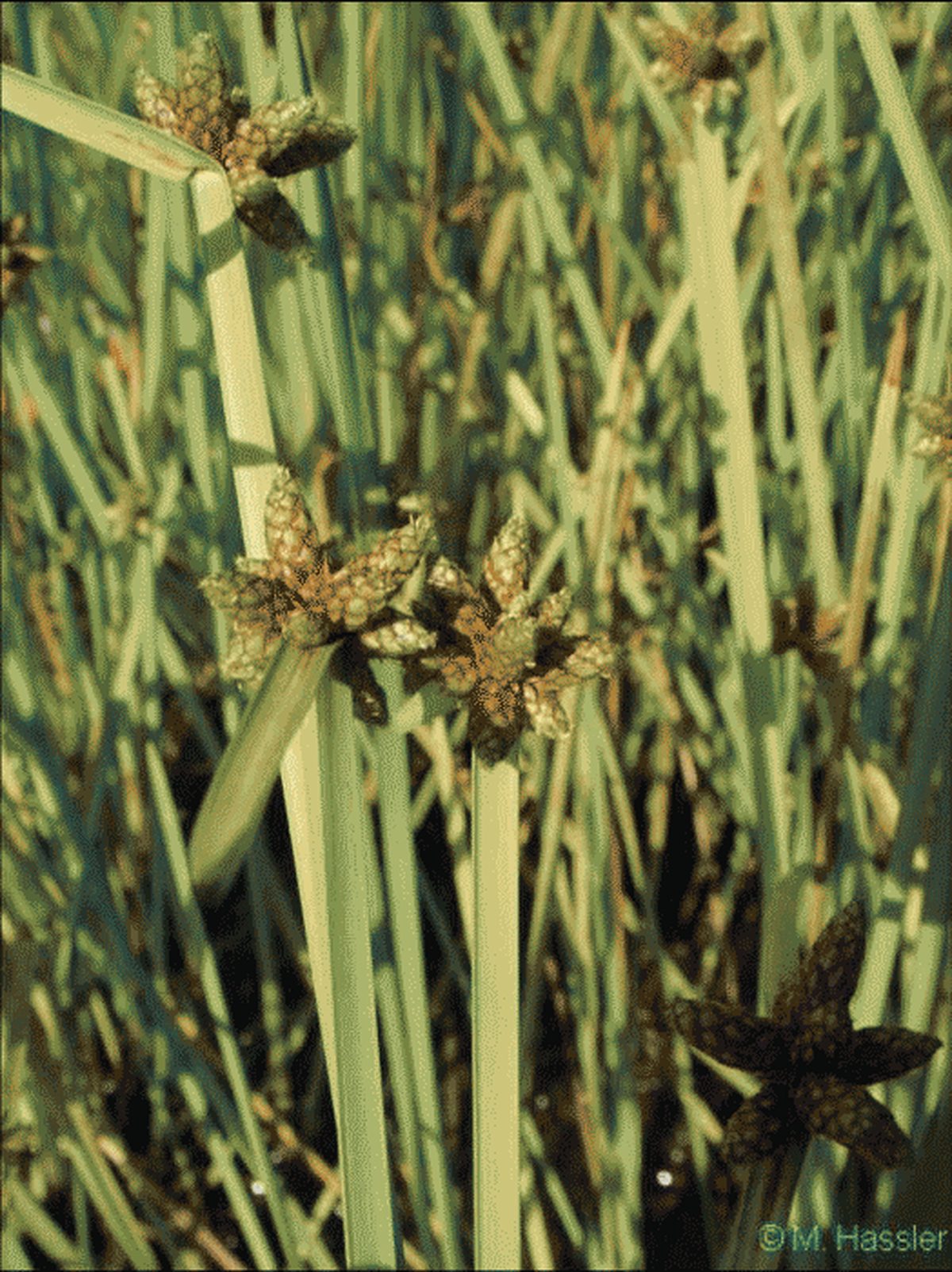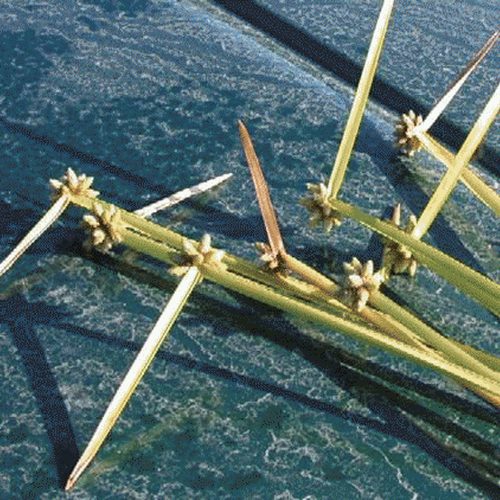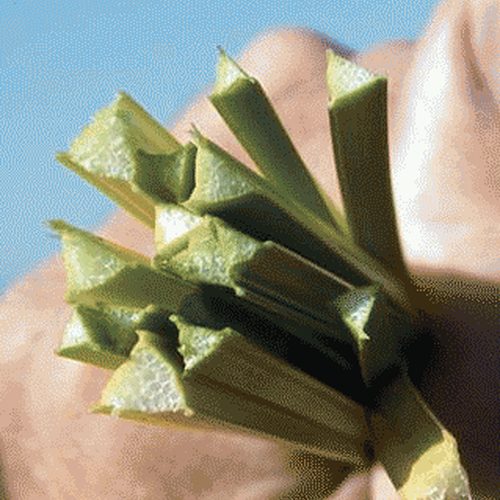Ricefield Bulrush
Schoenoplectus mucronatus

Family: Cyperaceae
Other Scientific Names:
Schoenoplectiella mucronata
Other Common Names: bog bulrush, roughseed bulrush
Weed class: A
Year Listed: 2008
Native to: Africa, Asia and Europe
Is this Weed Toxic?:
not known to be
Legal listings:
This plant is also on the Washington State quarantine list. It is prohibited to transport, buy, sell, offer for sale, or distribute plants or plant parts of quarantined species into or within the state of Washington or to sell, offer for sale, or distribute seed packets of seed, flower seed blends, or wildflower mixes of quarantined species into or within the state of Washington. Please see WAC 16-752 for more information on the quarantine list. For questions about the quarantine list, contact the Washington State Department of Agriculture's Plant Services Program at (360) 902-1874 or email PlantServices@agr.wa.gov.
Why Is It a Noxious Weed?
It is a problematic weed in 43 countries, especially in rice fields. It has documented resistance to herbicides making it difficult to control. Since it is currently only known in one area of Washington, eradication in this State is entirely possible.
How would I identify it?
General Description
Ricefield bulrush is a wetland, perennial bulrush species. It has triangular stems that reach a height around 2 to 3 feet at maturity.
Flower Description
Inflorescences head-like with 4 to 20 spikelets (clusters of flowers), rust colored to straw colored with a greenish center. Uppermost bract under inflorescence spreading to reflexed, 0.4 inches to 3.9 inches long.
Leaf description
There are 1 to 2 leaves per culm (stem) that are reduced to a few bladeless sheaths. Ligules are absent.
Stem description
Stems (culms) are triangular in cross-section and between 15 and 39 inches tall.
Fruit Seed Description
Fruits develop summer through fall. They are dorso-laterally compressed and blackish brown when ripe.
Where does it grow?
Ricefield bulrush can be found in rice fields as well as emergent zones and wet soils of ponds and ditches. Please click here to see a county level distribution map of ricefield bulrush in Washington.
How Does it Reproduce?
It reproduces through seed, rhizomes and stolons.
How Do I Control It?
General Control Strategy
Better land and water management in rice fields can help with control efforts as well as preventing further infestation.
Mechanical Control
Hand pulling is a possible control method, although it is very labor intensive.
Cultural Control
In rice fields, crop rotation that allows the field to completely dry up can help control this weed.
Herbicide Control
Please refer to the PNW Weed Management Handbook, or contact your county noxious weed coordinator.
For More Information
See our Written Findings for more information about ricefield bulrush (Schoenoplectus mucronatus).
King County Noxious Weed Control Program article on ricefield bulrush.
Clark County Vegetation Management brochure





